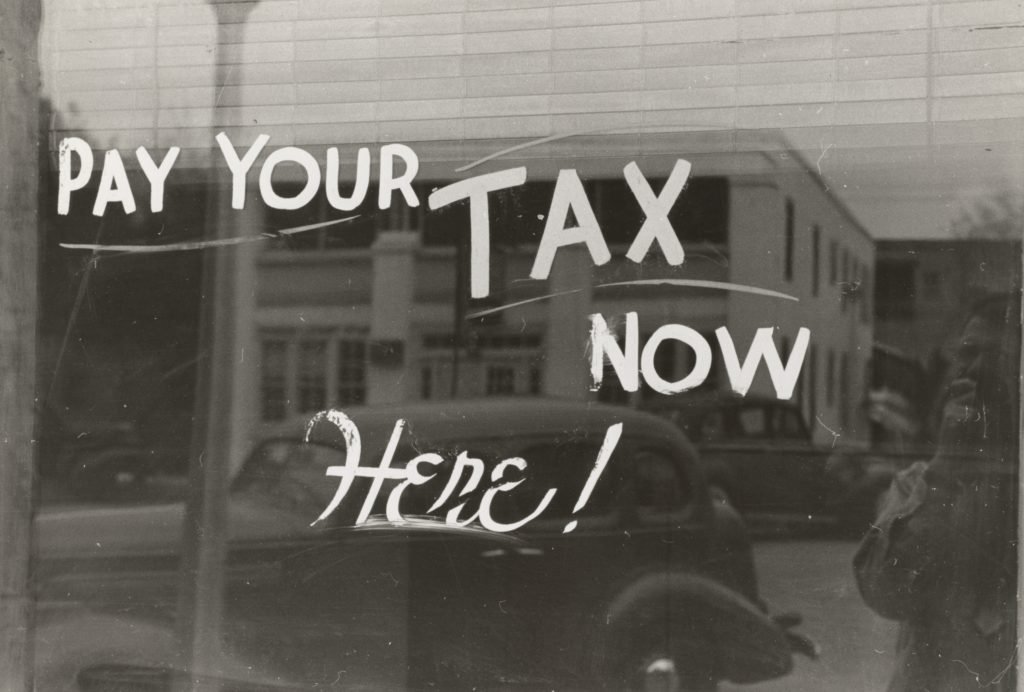There’s an extraordinary gap between the richest and poorest in society, with the new analysis of official tax figures highlighting the extent of this issue.
According to the research, if you have a pre-tax income of around £50,000, then you can count yourself in the top 10% of taxpayers. To make it into the top 1% takes more than three times as much, with the top 0.1% of taxpayers earning more than £650,000 a year.
What’s interesting about these groups of highest taxpayers is their tendency to be male, middle-aged and living in London or the South East. Since the early 2000s, the geographic concentration of top taxpayers has become even more focused on London. Between 2000/01 and 2014/15, the proportion of the top 1% of taxpayers living in London rose from 29% to 35%.
The analysis of taxpayers comes from the Institute of Fiscal Studies (IFS) and is based on HMRC administrative data. One of the key findings of this data was that more than half of the top 1% live in London and the South East of England. Half of the top taxpayers lived in 65 parliamentary seats, down from 78 in 2000/01, suggesting a further geographical concentration of the wealthiest in society.
It takes an income of more than £300,000 a year to enter the top 1% of taxpayers living in London. To join that elite group in Wales, the North East of England or Northern Ireland required an annual income of around a third of that level.
According to the analysis, there is still a big gender disparity when it comes to earnings. Men form 83% of top 1% taxpayers, and 89% of the top 0.1%. A 50-year-old man in London with an income of £160,000, enough to be in the top 1% nationally, would not even be in the top 5% of men in London in his age group. He would need an income of over £700,000 a year to be among the top 1% of men aged 45-54 living in London.
Looking at the origin of highest earners, around a third in the top 1% are business owners, including 14% who are partners, disproportionately working in hedge funds, law firms and the medical sector.
In addition to earning more, business owners and partners tend to pay less tax than employees. This lower tax treatment for the self-employed is the result of government policy, giving tax advantages to higher earners.
The highest-income people are very over-represented in the country’s south east corner, most of them are men, and many are in their 40s and 50s. This geographic and demographic concentration may be one reason why many of those on high incomes don’t realise quite how much higher their incomes are than the average.
The sheer scale of the gap between the top 1% and the top 0.1% may also help explain that.
It is also important to realise that many more than 1% of the population will at some point in their lives have incomes that will place them in the top 1%. Very few will be in the top 1% all their lives.
What many people will want to know is how some people have such high incomes. For example, do those earning hundreds of thousands of pounds a year derive such rewards from innovations and activities that benefit all of us, or are they exploiting market power at the expense of workers on lower incomes?
These are among the key questions that the IFS Deaton Review of inequalities, which we recently kicked off, will look to address.
Robert Joyce, Deputy Director at the IFS and an author of the report
An essential part of the Financial Planning process is to consider tax and consider ways to reduce or mitigate tax bills. By making use of available allowances and reliefs to pay less in tax, you can retain more money to put towards your financial objectives.




